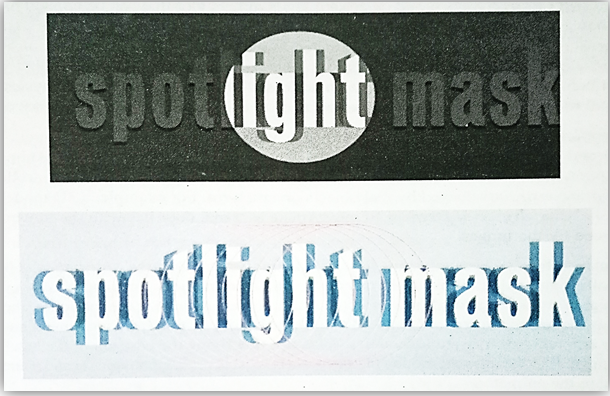Techniques of Animation in Multimedia
Animation:
speaking, to animate is to bring to life, to put something into action. Animation makes graphics more realistic by imparting motion and dimension to an inanimate object. Intuitively though we think of animation as synonymous with motion.
Technically speaking, it covers all changes that have a visual effect. Thus it may include the time-varying position (motion dynamics), shape, size, colour, and texture (update dynamics) of an object and it also changes in lighting, camera position, focus, etc.
Techniques of Animation:
Cel Animation:
Conventionally, picture frames depicting animated sequences are drawn manually, this technique is called Cell Animation. It is a simple and the most widely used one. It uses an onion skinning process. Here animated objects are drawn and positioned by using an onion skin-like translucent sheet called a cell. Only the moving objects are re-drawn for each frame and the fixed background is drawn once at the beginning. The concept of a cell is implemented in the form of layers. The background layer is to keep fixed and the animated frames containing moving objects change in-between frames.
Keyframe Animation:
Keyframes are image frames that depict the key positions of the objects being animated and mark significant changes in the animation sequences. Usually, the extremes of an action or sequence like start, stop and changes of movement direction occur at keyframes. The more intricate and rapidly varying the motions are the more keyframes are required. In-betweens are the intermediate frames drawn between the keyframes and it is used to smooth the transition from one keyframe to the next.

